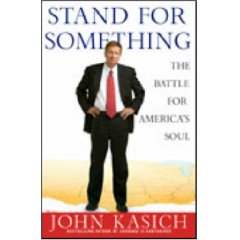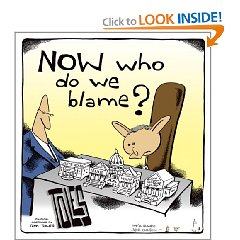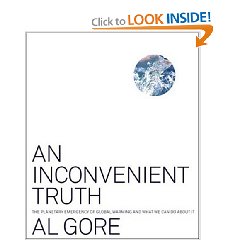
One of Two Best Out of Four Read on This Topic,
This book is, however, easily of the same caliber, and more readable to boot. The author points out that climate change is different from “limits to growth” focused on resources. He is less focused on and consequently provides less detail than others on the intimate relations between climate, water scarcity, disease, poverty, and failed states. He does emphasize that absent more respect for climate change, human health, water, and food security are all at risk.
The author points out that the Earth's average temperature for the past 10,000 years has been 57 degrees Fahrenheit, and focuses his book on the need to transition to a carbon free economy.
Among the points he makes that jumped out at me: only four nations have refused to sign the Kyoto Treaty: the US, Australia, Morocco, and Liechtenstein.
His best chapter for me was focused on the cost BENEFITS of addressing climate change.
He attacks the oil and coal companies for disinformation, which has unfortunately had great effect. He likens them to dinosaurs with dinosaur brains that have been wounded, but stagger on.
As a former clandestine case officer, long fed up with the tens of billions of dollars we waste on satellites (most of whose data we cannot make sense of in a timely or coherent fashion) I was quite pleased to have the author recount a story about the conflict between satellites in space and lowly thermometers on the ground. The satellites were averaging the temperatures of the cooling stratosphere with the warming troposphere, and getting ground truth wrong. As I like to say over and over again, ground truth comes from the ground, not from satellites.
In his conclusion, the author notes that both the energy grid and the transport grid are candidates for decarbonization, but between the two he recommends the energy grid as the first priority. Readers may be interested to know that the same month that Vice President Cheney was meeting secretly with Enron and Exxon and others to plan the invasion of Central Asia and Iraq, WIRED Magazine published a thoughtful cover story on how to get from the wasteful (50%) one way energy grid to the much more productive two way and localized energy grid. This is not about brains; it is about ideology in the White House against practicality and the common interest across the Nation.
The author ends with a simple and credible 11 item list of ACTIONS that translate into IMPACTS.








